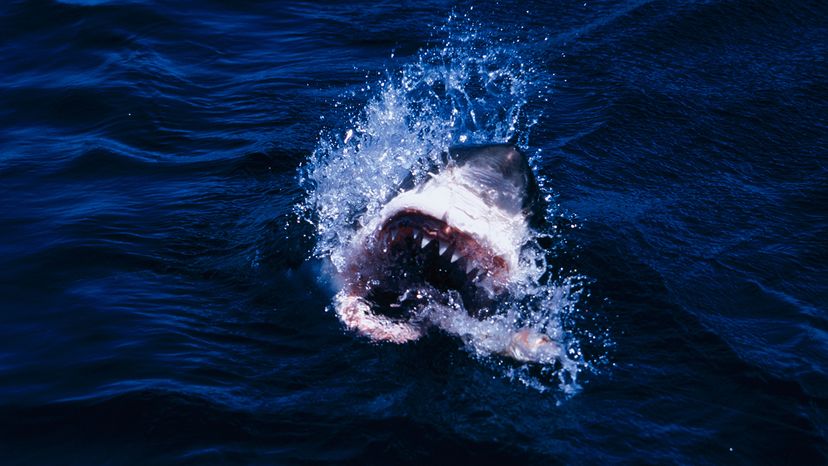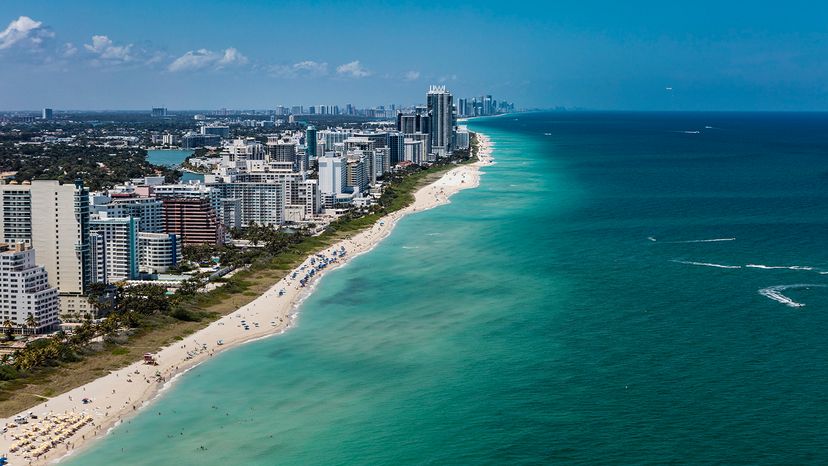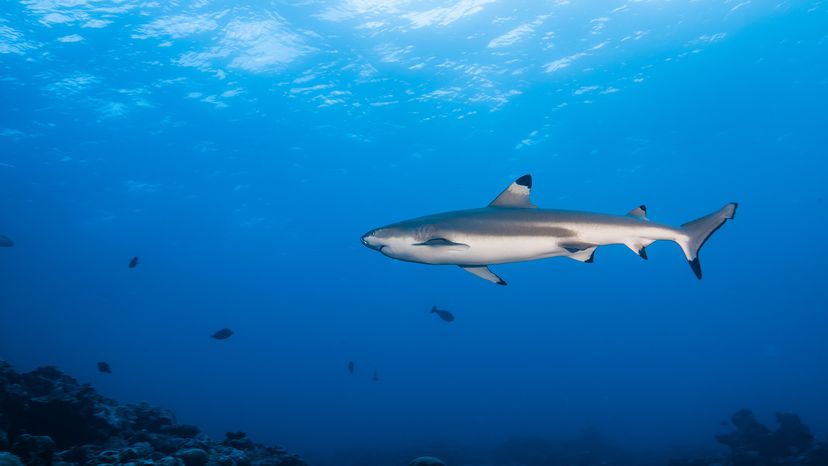
When you think of Florida, you probably imagine sandy beaches, warm surf and maybe a dolphin or two gliding by. Or, you might be thinking about Florida shark attacks — which, while rare, tend to feed a few headlines every year.
Every year, the Sunshine State tops the charts in the International Shark Attack File (ISAF) for unprovoked shark bites. Volusia County is a particular hotspot, earning it the nickname "shark bite capital of the world."
Advertisement

